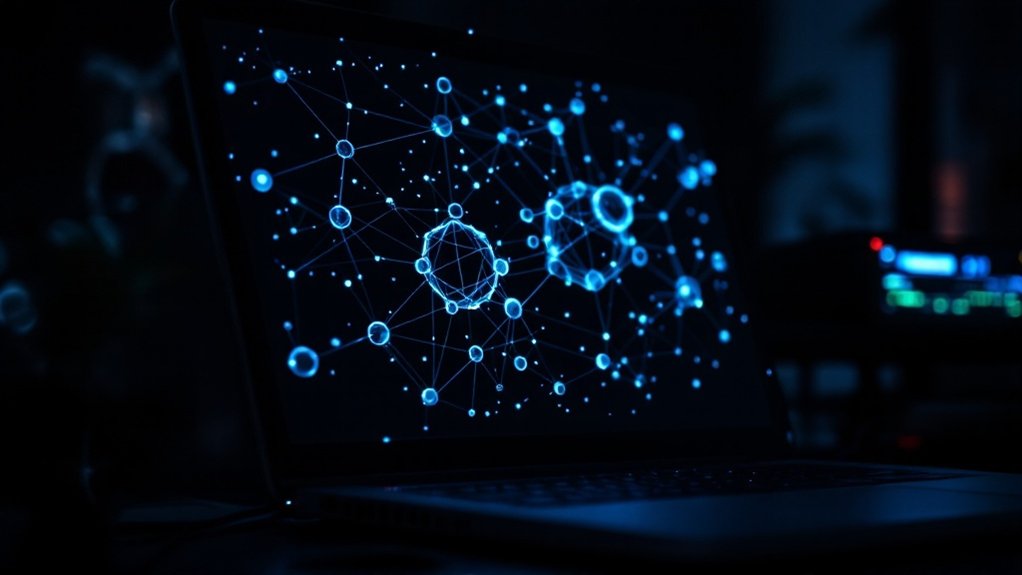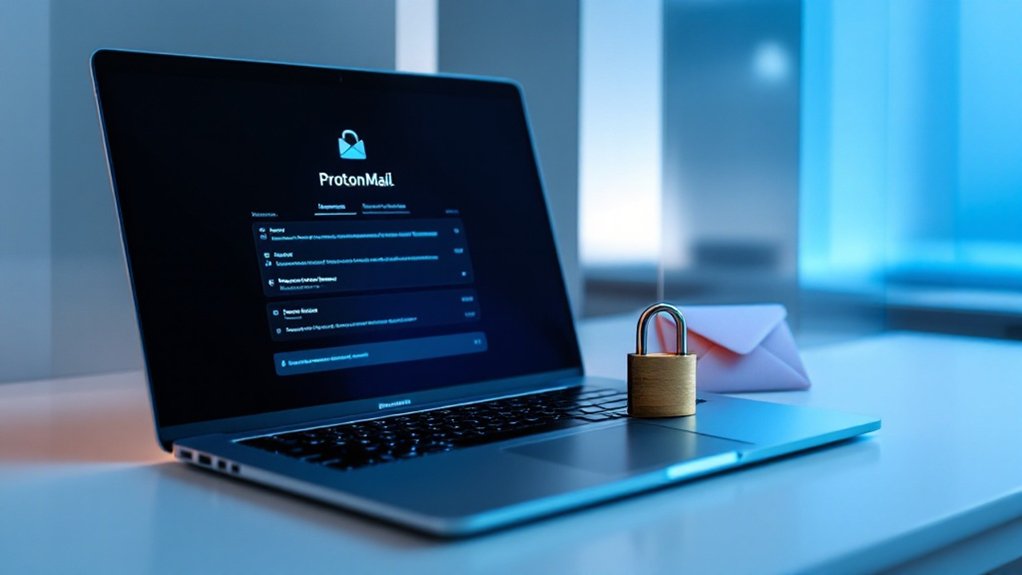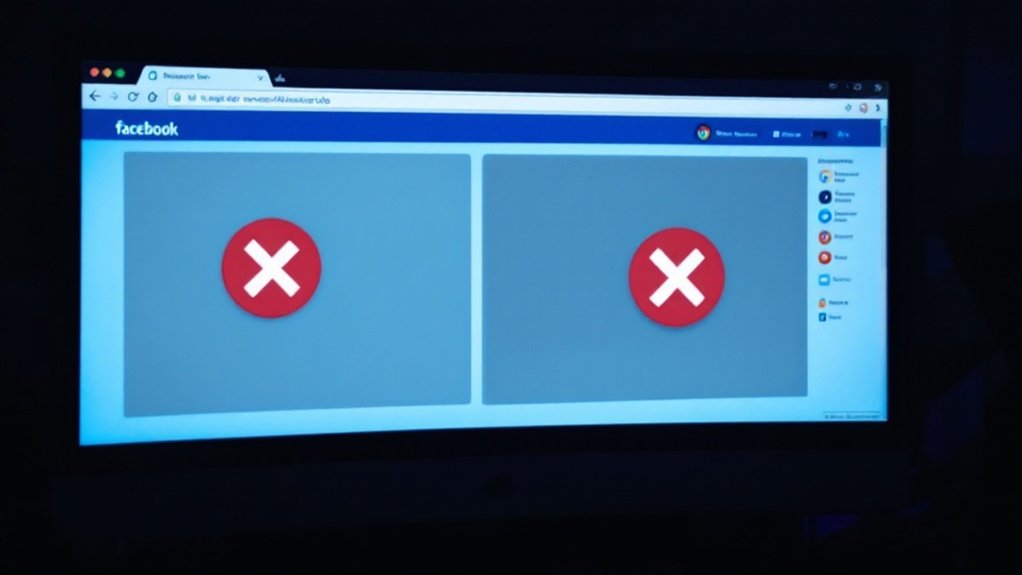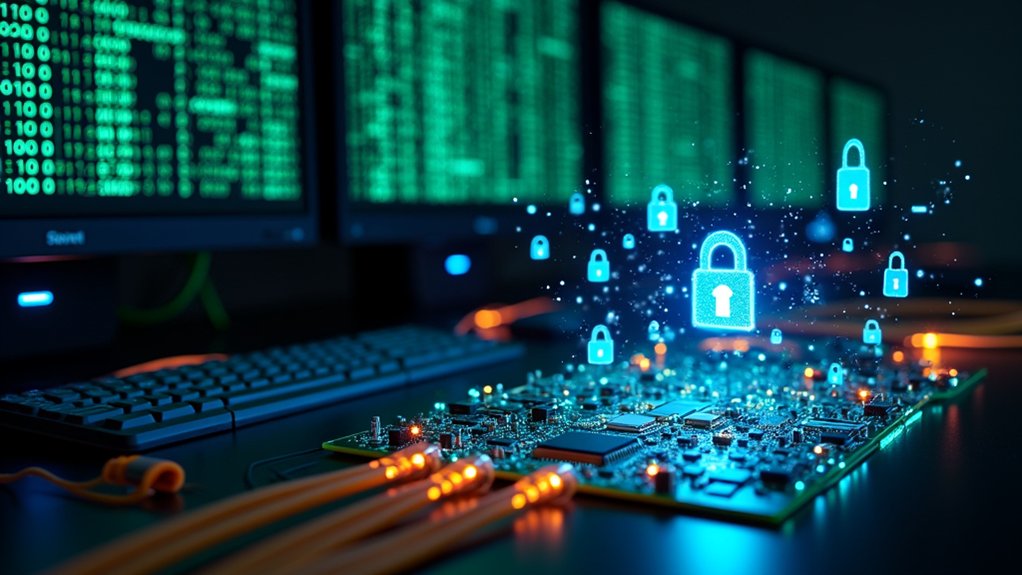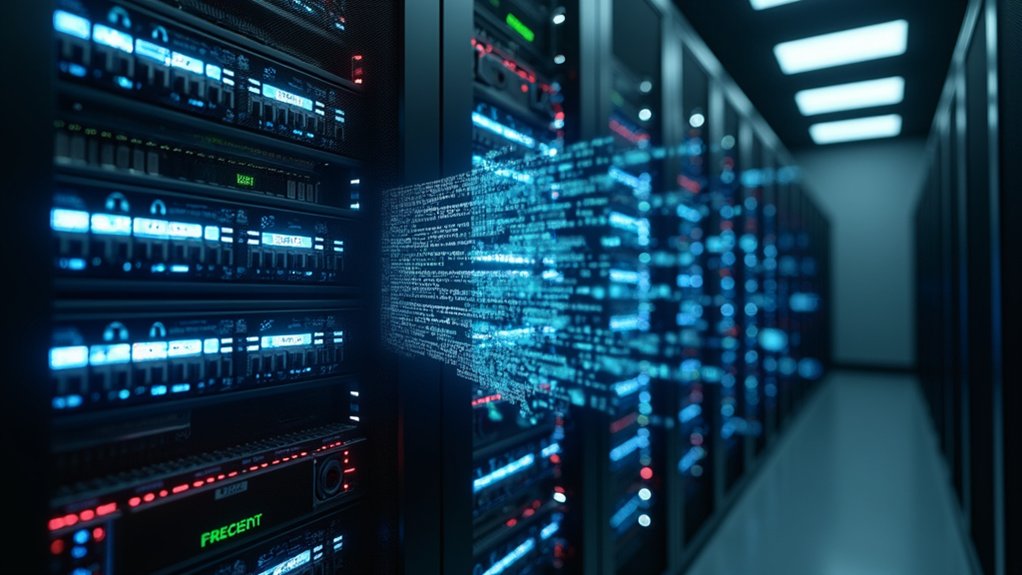The Dark Web operates as a hidden layer of the internet, accessible only through specialized software like the Tor Browser, which encrypts user data through multiple layers of routing. This encrypted network, comprising .onion domains, makes up a small portion of total online content and relies on volunteer-operated relay points to maintain anonymity. As it serves legitimate purposes for journalists and activists, the Dark Web similarly harbors illegal activities, requiring users to implement strong security measures. Understanding its dual nature reveals a complex ecosystem of privacy benefits and inherent risks.

Though the conventional internet represents only a fraction of online content, beneath the surface lies a vast digital ecosystem known as the Dark Web – a network deliberately hidden from standard search engines and accessible only through specialized software. This overlay network operates on top of the existing internet infrastructure but requires specific tools, primarily the Tor Browser, to access its encrypted domains that typically end in .onion extensions. The Dark Web accounts for a small portion of internet content, with the surface web representing 5% of total online information.
The Dark Web’s architecture relies on a sophisticated system called onion routing, where data is encrypted in multiple layers and transmitted through a series of volunteer-operated relay points. Each relay decrypts only one layer, ensuring that no single point in the network can trace the complete path between sender and recipient. This design provides users with strong anonymity by concealing their IP addresses and physical locations. Common directories and search engines like Hidden Wiki help users navigate the complex landscape of frequently changing dark web addresses. Understanding proper encryption methods is crucial for maintaining anonymity and protecting sensitive information while accessing these hidden networks.
Onion routing encrypts data in layers, passing through multiple relays to shield user identities and preserve anonymity across the network.
Although the technology itself is legal and serves legitimate purposes, including protecting activists, journalists, and whistleblowers in oppressive regimes, it likewise harbors various illicit activities. The anonymity features that safeguard privacy have attracted marketplaces trading in illegal goods, cybercriminal forums, and repositories of stolen data. Law enforcement agencies and intelligence services actively monitor these spaces while concurrently utilizing the technology for their own secure communications.
Users accessing the Dark Web face significant security challenges, including prevalent malware, sophisticated phishing attempts, and fraudulent services. Cybersecurity experts recommend implementing strong protection measures, including dark web monitoring tools that scan for leaked personal information and regular security audits of online credentials.
The Dark Web’s decentralized nature makes it resistant to traditional forms of regulation and control. This characteristic has established it as both a haven for free speech and a challenging environment for law enforcement. Organizations and individuals utilizing this network must carefully balance its privacy benefits against inherent risks, implementing thorough security protocols such as two-factor authentication and regular password rotations to protect against potential threats.
Frequently Asked Questions
Is It Illegal to Simply Access the Dark Web?
Accessing the dark web itself is not illegal in most countries, though specific activities conducted there may be.
The use of anonymizing tools like Tor browsers remains perfectly legal for privacy-conscious individuals.
Law enforcement agencies, journalists, and legitimate organizations regularly maintain dark web presences.
The legality essentially depends on user behavior rather than mere access, with many professionals utilizing it for whistleblowing, research, and secure communications.
Can Regular Websites Track My Activity When Using Dark Web Browsers?
Regular websites typically cannot track user activity when accessing them through dark web browsers like Tor. The layered encryption and routing through multiple servers effectively masks the user’s true IP address and identity.
Nevertheless, certain vulnerabilities exist – approximately 27% of dark web pages contain tracking scripts, and enabling JavaScript or logging into regular accounts during the use of Tor can compromise anonymity and allow tracking.
What Happens if I Accidentally Stumble Upon Illegal Content?
Accidentally accessing illegal content requires immediate disconnection and proper documentation of the unintentional exposure.
Users should report incidents to the Internet Crime Complaint Center (IC3), capture timestamped evidence, and consult cybercrime attorneys.
During unintentional access may provide legal defense, prosecution remains possible.
Technical precautions include clearing browser data, maintaining access logs, and implementing strict content filters to prevent future occurrences.
How Much Personal Information Do Dark Web Vendors Typically Have Access To?
Dark web vendors often possess extensive personal data sets, including financial profiles, medical records, and login credentials obtained through various data breaches and cyberattacks.
Complete financial profiles typically contain social security numbers, banking details, and credit histories, as well as compromised medical records that expose patient histories and insurance information.
Corporate access credentials can command premium prices of $2,000-$4,000, with pricing varying based on data completeness and potential exploitation value.
Are Government Agencies Actively Monitoring Dark Web Activities?
Law enforcement agencies actively monitor dark web activities through specialized cyber units and sophisticated surveillance tools.
The FBI maintains dedicated cyber squads across 55 field offices, whereas the NCIJTF coordinates efforts among 30+ agencies.
Government investigators utilize advanced platforms accessing 15+ years of archived data, AI-driven analytics, and automated translation capabilities covering the top 10 dark web languages.
This enables extensive criminal investigations in spite of encryption challenges.
